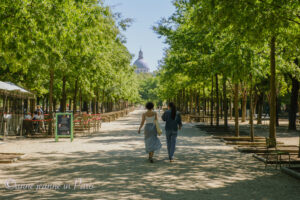WHO AM I ? my BIO
📌LOCATION
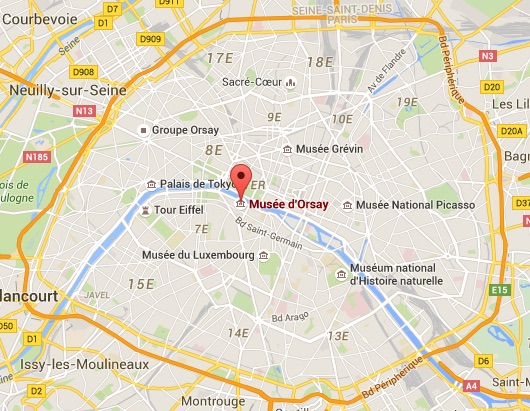
The Musée d’Orsay is located on the left bank of the Seine, in the 7th arrondissement of Paris.
🎨 An impressionist treasure
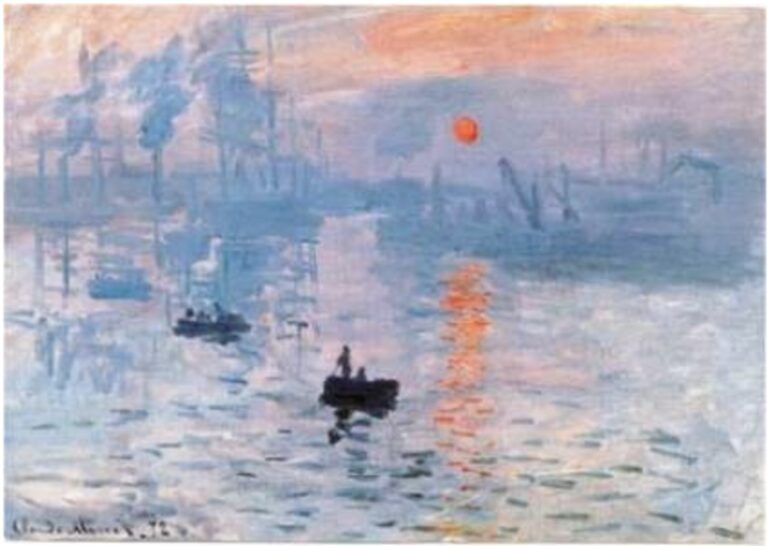
The Musée d’Orsay houses the world’s largest collection of Impressionist and Post-impressionist masterpieces, covering the period 1848-1904.
It picks up where Le Louvre ends : paintings, sculptures…
Impressionist artists: Claude Monet, Edouard Manet, Auguste Renoir, Edgar Edgar Degas, Paul Cezanne, Camille Pissaro, Frederic Bazille, Gustave Caillebotte, Mary Cassatt, Alfred Sisley, Berthe Morisot…
Post-impressionist artists :
Vincent Van Gogh, Paul Gauguin, Henri de Toulouse Lautrec, Georges Seurat, Pierre Bonnard, Paul Gauguin, Paul Signac…
Orsay also features earlier Realists.
📌Note: « Impression soleil levant » ( = Impression Sunrise ») by Claude Monet, the painting that gave Impressionism its name, is displayed at the Marmottan Monet museum, in the 16th arrondissement of Paris. Above: Photo of the painting
🚉 Orsay, a former train station
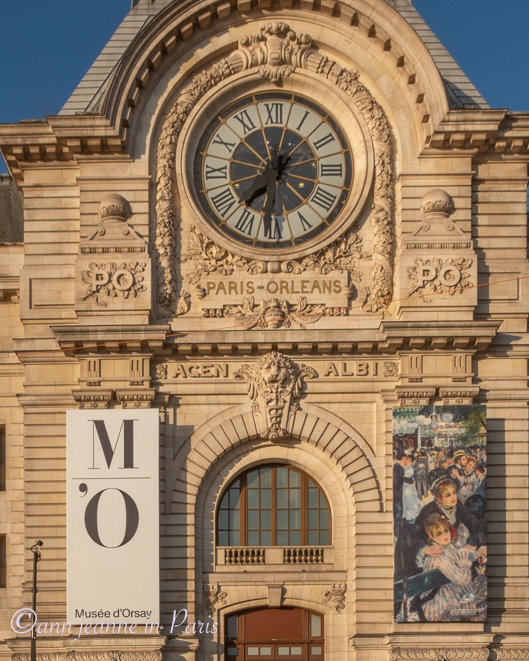
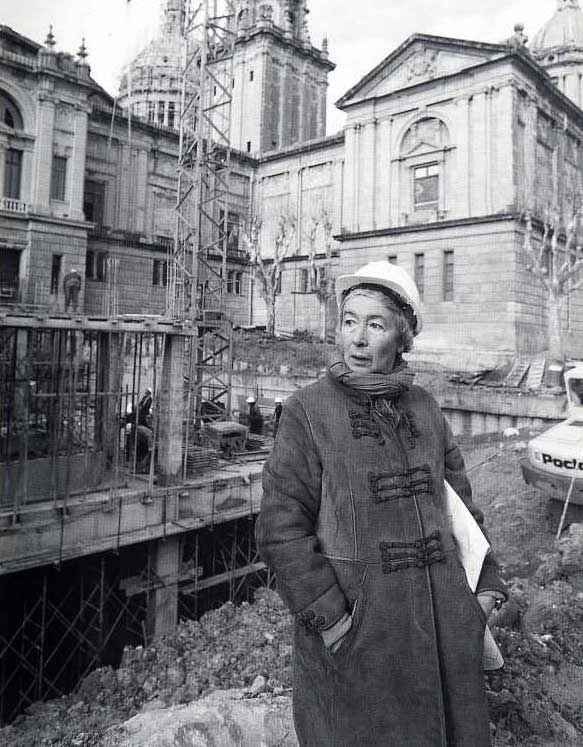
The Orsay building was originally a railway station, la Gare d’Orsay, built between 1898 and 1900 to serve trains to Orléans.
By 1939, the station had become outdated for longer trains and closed to long-distance traffic, but Orsay continued to be served by suburban trains for some years afterwards.
It reopened as the Musée d’Orsay in 1986
The Italian architect Gaetana Aulenti (1927 – 2012) reinvented space while preserving its architecture.
G. Alenti was one of the 2 women to graduate in the class of 1954, of the Milan Polytechnic School of Architecture.
« …She’ll be remembered for the audacity of her vision. » (The New York Times)—
🖼️ Below: orsay when it was a train station

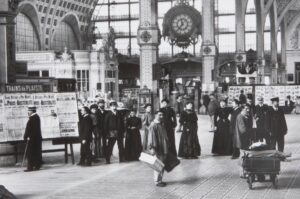
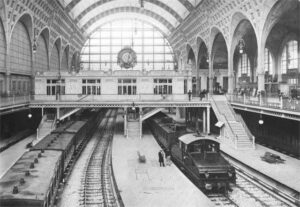

📹 Video: the History of Orsay (By Anne Jeanne in Paris)
It reopened as the Musée d’Orsay in 1986
what is impressionism?
Impressionism emerged in Paris in the 1860s. The artists started breaking with the academic values of the past.
Their favourite subjects included landscapes, leisure scenes and scenes from the urban life.
The impressionist artists aimed to capture the impression of what the eye sees at a given moment.


The Impressionist movement has no real founder though Manet and Courbet inspired many of the younger artists.
However, one says that the name « Impressionism » comes from a painting by Claude Monet : « Impression soleil levant » (= « Sunrise »), a view from Le Havre in the mist from 1872. (See the photo of this painting: above in this article).
It took later generations to fully appreciate the work of the Impressionists.
- Manet’s « Le déjeuner sur l’herbe » was rejected by the officiel salon in 1863.
- Cezanne was rejected all his life.
- Degas sold only one painting to a museum
- and Sisley died unknown.
Only Renoir and Monet were ever acclaimed in their lifetimes.
🎨 « Impression, Sunrise » by Claude Monet is the painting that gave the movement its name (1872)
🖼️ inside orsay, floor by floor
- Ground floor: all paintings prior to 1870. Degas before 1870, first Monet’s paintings, Toulouse Lautrec, Cezanne, Manet, Courbet…
- Central aisle: an assorted selection of sculptures of the middle of the 19th century… and a small scale copy of the Statue of Liberty.
- Level 2: Post impressionists Gauguin and Van Gogh (Rooms 70, 71, 72)…
- Level 5: the main impressionist collection (Monet, Manet, Renoir, Degas, Cezanne, Pissaro, Sisley…).
📹 A short visit inside Orsay (by Anne Jeanne in Paris)
💡 tips for your visit
- A must-see in Paris especially for impressionist lovers. The building itself is a work of art. This place might become your favorite in Paris !! Don’t miss it.
- Visit it early to avoid the crowds. If possible, choose a weekday.
- Highly recommended: Buy tickets in advance online to skip the line (waits can exceed an hour without reservation)
- Prepare your visit before you come : on the map of the museum, choose the artists and paintings you want to see first.
- Start your visit on the 5th floor (before there is too many people…). This is where the most famous works are located
- Allow at least 2 hours, ideally half a day. You could easily spend a full day here.
- Don’t miss the giants clocks: the two galss clocks on Level 5 and the golden one that you can see from the ground floor.
- Enjoy the view of Paris and Le Louvre from level 5 : from the terrace (if opened) and through the large glass clock!
- Other Monet paintings can be found in Paris at Musée Marmottan Monet, the Orangerie Museum and in Giverny village (75 km west from Paris)
🍽️ Restaurants

- Café Campana (Level 5) : the most frequented
- A café « Café de L’ours » : for a light lunch (ground floor)
- « Le Restaurant » (level 1): a restaurant called « LE RESTAURANT »! (elegant setting, but a restaurant often overlooked). It’s the historic restaurant (opened in 1900) from the original Hôtel d’Orsay (part of the former train station. Listed as a Historic Monument).
📌 practical info
- Address : 1 rue de la Légion d’honneur 75007 Paris
- Metro stop : Solférino (line 12)
- RER C : Musée d’Orsay –
- Buses : 24, 68, 69, 84 –
- Batobus stop : « Musée d’Orsay »
- Opening time : Tue-Sun 9:30am – 6pm. (Last admission 5pm / Rooms close at 5:30pm).
- Closed on Mondays
- Photos allowed (no flash) – A great news for all the photographers!
- To get your tickets online
- Official website: Musée d’Orsay
WHO AM I ? my BIO
Discover my SERVICES
My article: « I am not a tour guide I am Parisian (lol)«
More about me? :



